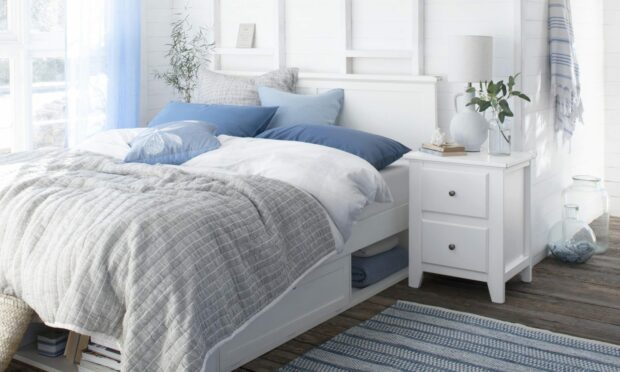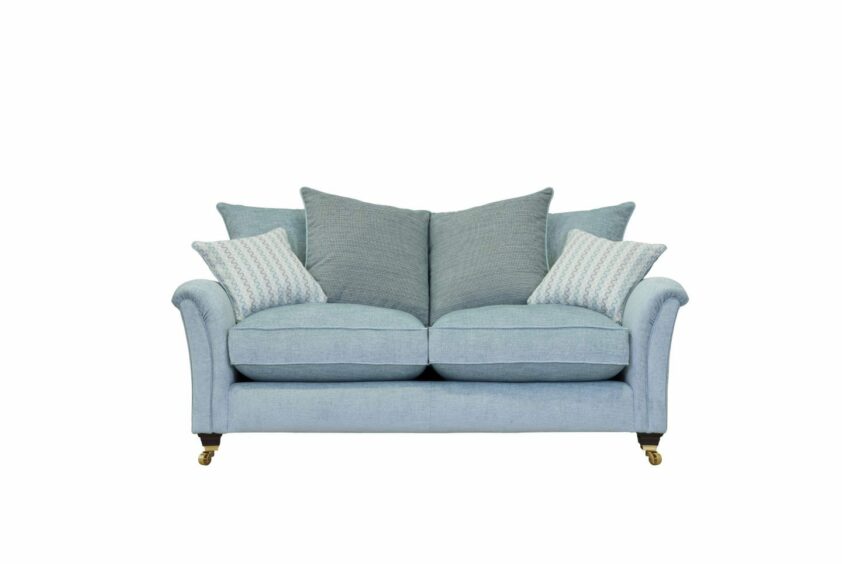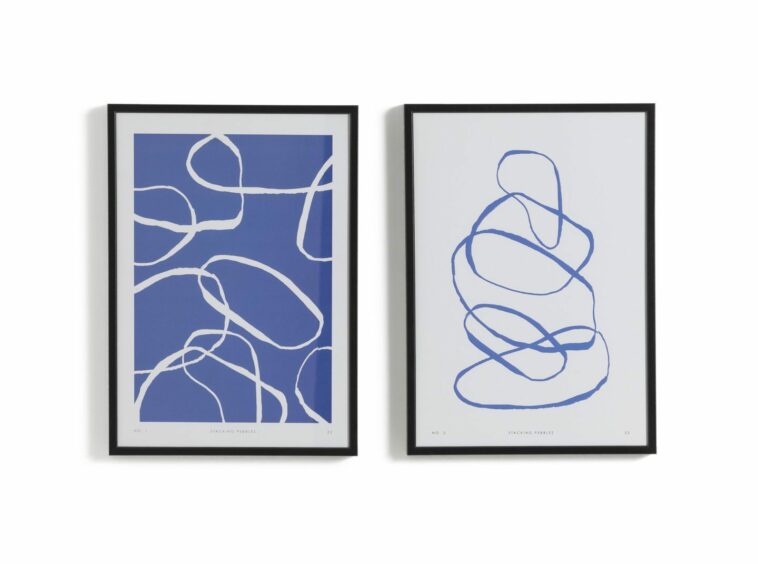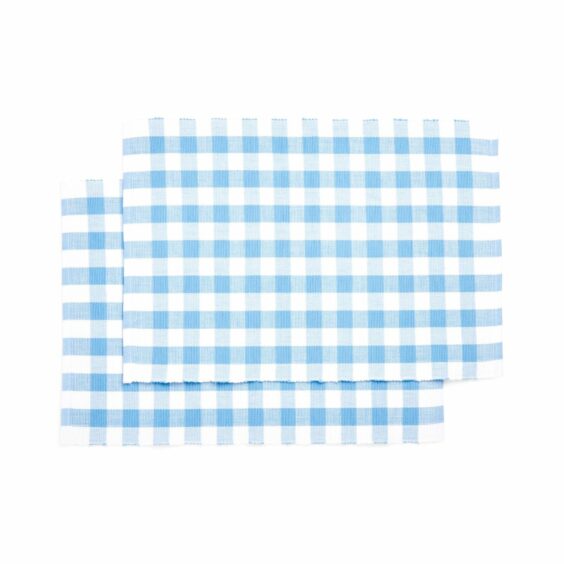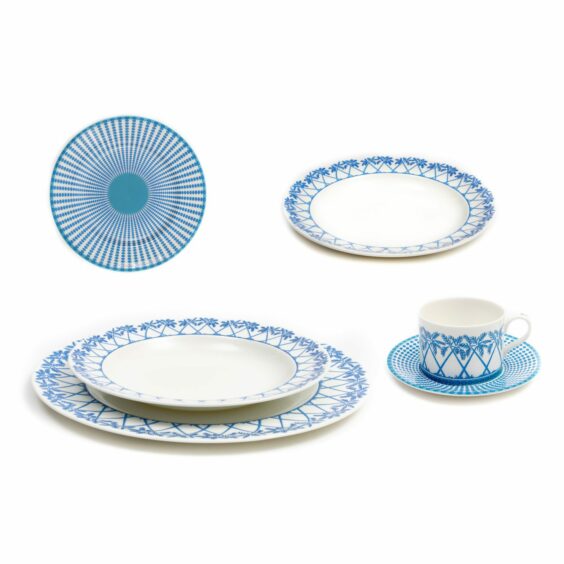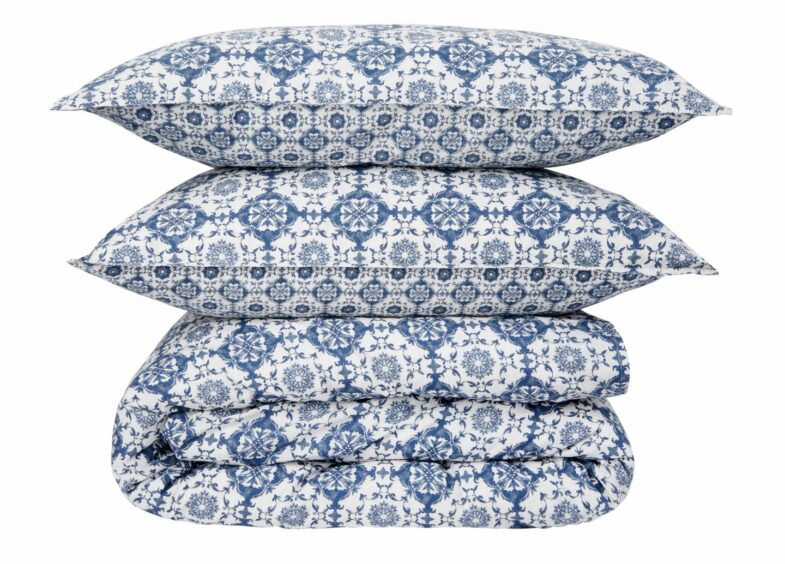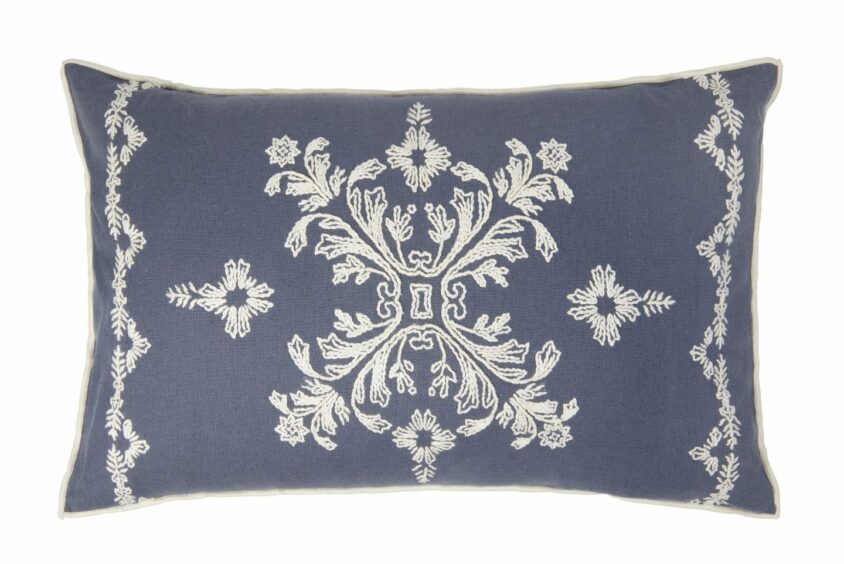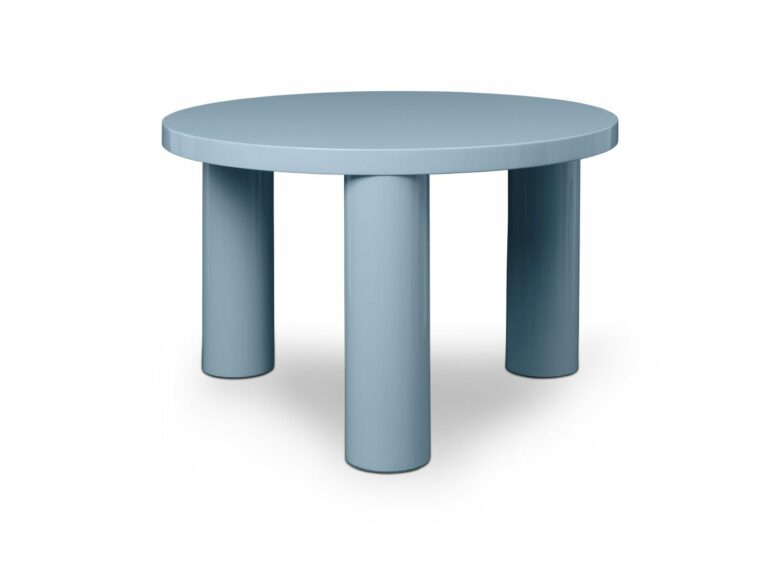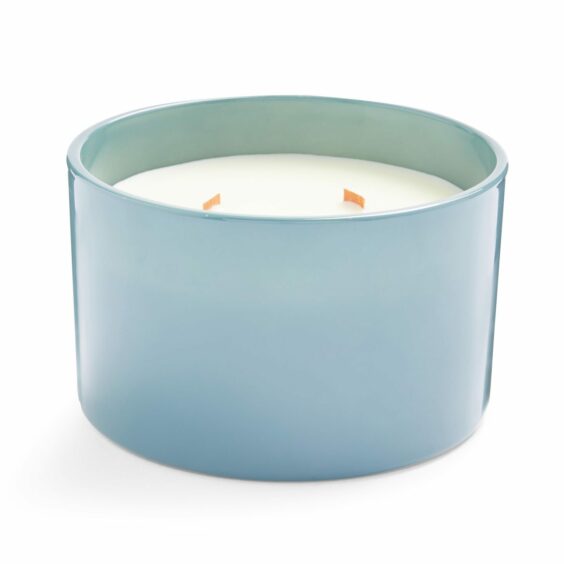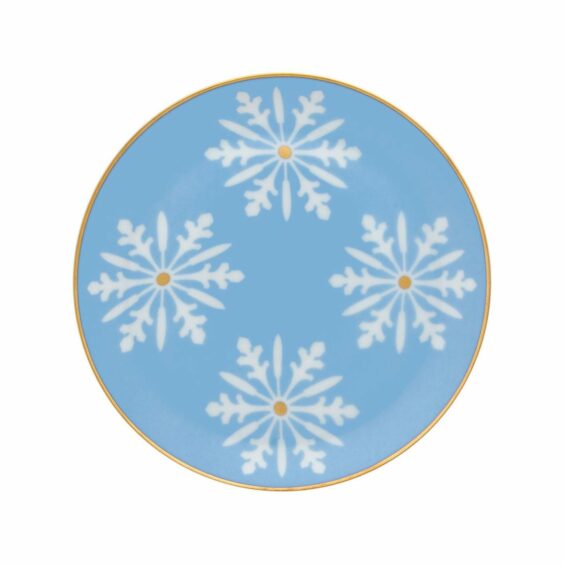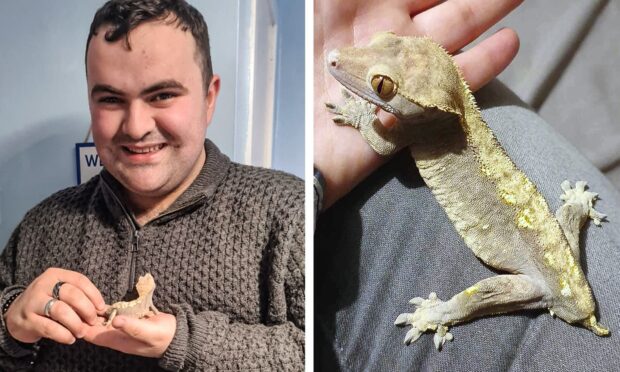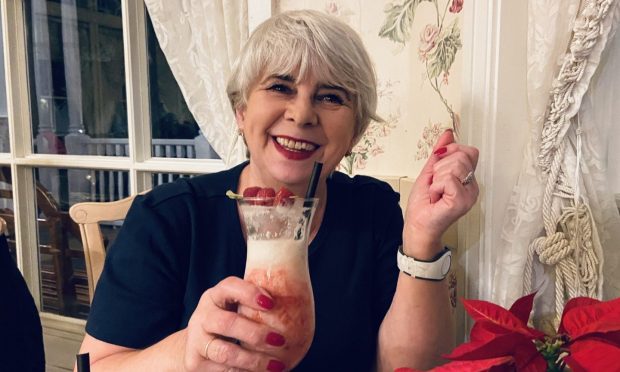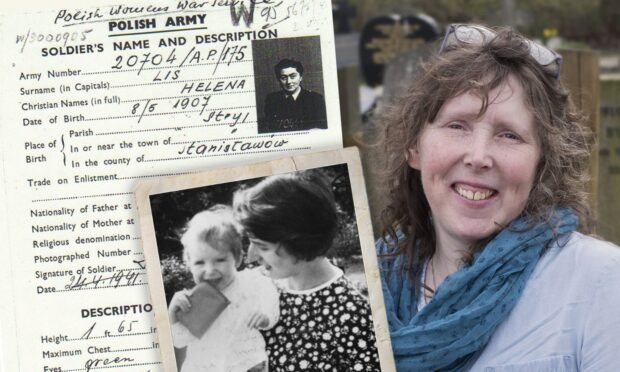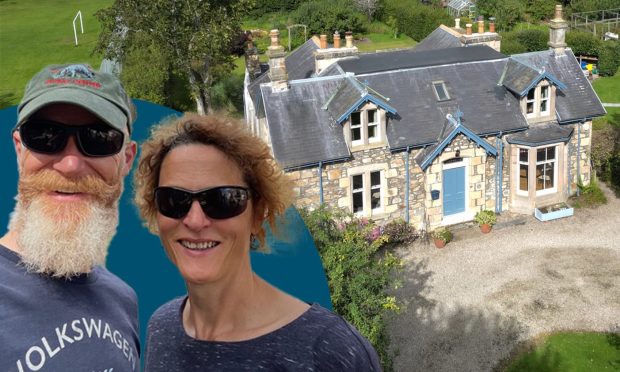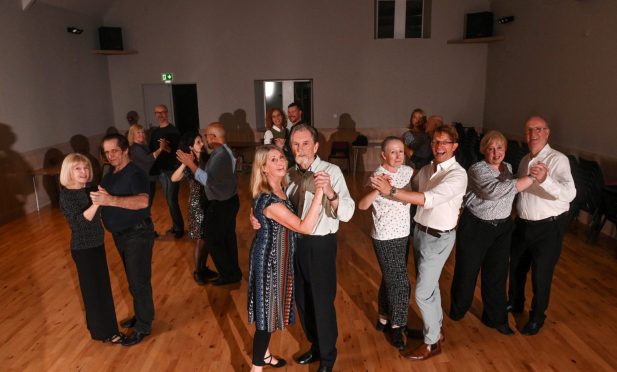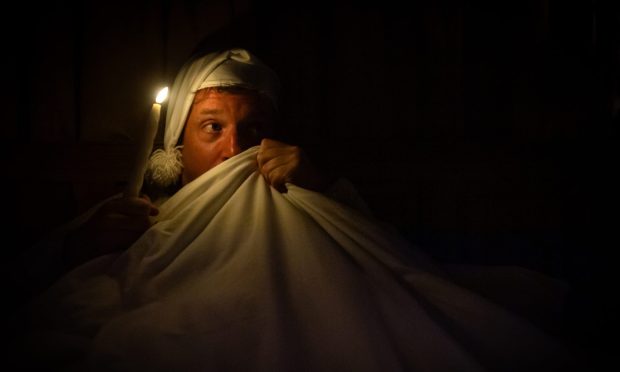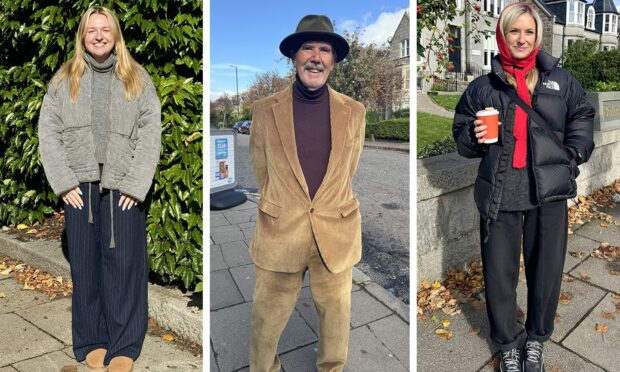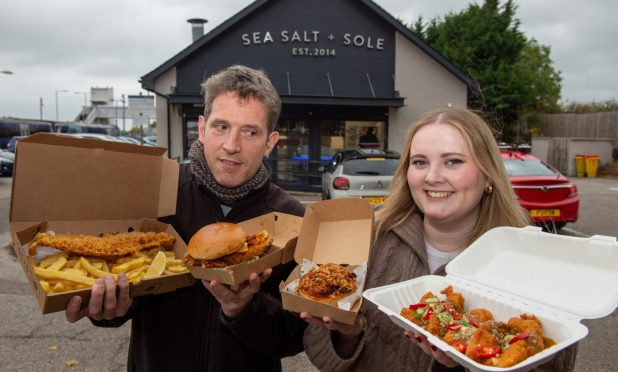They say some matches are made in heaven and that could be true of blue and white as they are the colours of fluffy clouds in a summer sky.
They are also reminiscent of waves on the sea.
These two connections alone could be why we find this colour combination so fresh, clean and uplifting.
They are also a timeless, elegant pair, famously appearing on Wedgwood’s blue Jasperware.
English potter Josiah Wedgwood was a secretive soul who, having created the recipe for Jasperware clay in 1774, set about confusing competitors by having its minerals ground in London and then brought to Staffordshire as a powder.
He also made sure each worker knew only part of the process involved.
Jasperware has a matte ‘biscuit’ finish, and is produced in several colours, although the most popular is the pale blue known as Wedgwood Blue.
It was the inspiration for Will Hughes-Jones, production designer of Netflix period drama Bridgerton, who said that the set is “like being inside a piece of Wedgwood ceramic”.
The story of blue and white crockery goes back at least 2,600 years, when the Chinese invented fine white porcelain.
It was made from a kaolin clay mixture and it baffled the Europeans who only knew how to make ceramics from brown clays.
By the 1300s the Chinese had added a cobalt blue decoration and these delicate wares were dubbed ‘white gold’ when they were shipped to Europe in the early 1600s.
Meanwhile, manufacturers in Britain and the Netherlands coated their brown earthenware with a white tin glaze and decorated them in blue Chinese motifs.
Then in 1710 the Germans discovered the secret of porcelain and the Meissen factory went into production using kaolin found locally.
The rest of Europe followed but potters continued to use Chinese-style motifs, the most famous of which was the Willow Pattern.
Many designers produced Chinoiserie in the 18th Century, using elements such as birds, boats and pavilions from the Chinese originals.
The complete Willow Pattern has been attributed to Thomas Minton around 1780 at Thomas Turner’s factory in Shropshire.
Four years later he moved to the Spode factory and took with him the design that would soon adorn every dresser up and down the land.
